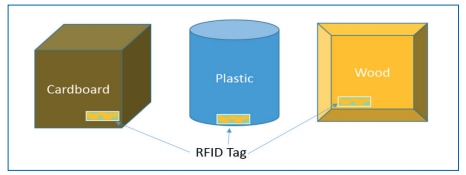Radio-frequency identifi cation (RFID) is a rapidly developing technology that uses electromagnetic fi elds to automatically identify and track tags containing electronically stored information that are attached to objects. RFID tags are used in many industries. For example, RFID-tagged pharmaceuticals can be tracked through warehouses and RFID microchips implanted in livestock and pets provides a means of identifi cation. A typical RFID tag consists of an antenna and RFID chip. Ultra-high frequency (UHF) RFID tag antennas need to be inexpensive, effi cient, robust for the installation environment, and immune to changes in electrical behavior due to proximity to the mounting platform.

This application note from NI AWR discusses a new method used for optimizing radio-frequency identification (RFID) antennas and describes two examples of RFID antennas created using this technology. The new design approach utilizes the new NI AWR Software product AntSyn™ antenna synthesis and optimization technology, which employs evolutionary algorithms (EAs) to efficiently explore the design space and automatically determine the best performance options.